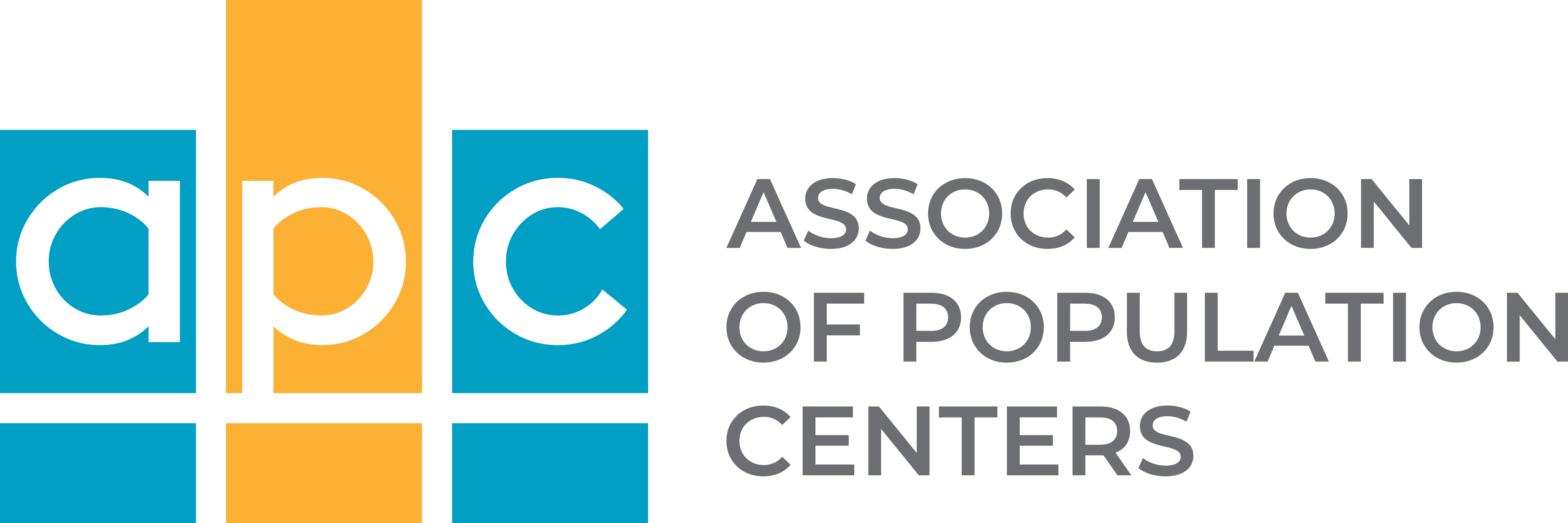News
Digital autism screening tool shows promise
A tablet-based screening application for autism spectrum disorder (ASD) may improve early detection, suggests a study funded by the National Institutes of Health. Early detection is critical for access to early interventions that can have major long-term positive effects. By accurately identifying toddlers who warrant further investigation for ASD, the app may help health care providers ensure that children and families receive the support they need.
NIH designates people with disabilities as a population with health disparities
The National Institutes of Health has designated people with disabilities as a population with health disparities for research. People with disabilities often experience a wide and varying range of health conditions leading to poorer health and shorter lifespan. In addition, discrimination, inequality, and exclusionary structural practices, programs, and policies inhibit access to timely and comprehensive health care, which further results in poorer health outcomes.
Research Highlights from the NICHD Division of Intramural Research
Identification of early-life influences on children’s eating behavior, discovering the genetic causes of growth disorders, and understanding the role of thyroid hormone on development are among the recent advances made by researchers in NICHD’s Division of Intramural Research.
Study finds several potential risk factors for high blood pressure disorders of pregnancy in people with HIV
The risk for hypertensive disorders of pregnancy was higher for pregnant people with HIV if they had low CD4+ immune cell counts in the first or second trimester or if they began taking antiretroviral drug regimens after 20 weeks of pregnancy, according to a study funded by the National Institutes of Health. The study authors said that the findings underscore the importance of getting HIV under control before becoming pregnant.
NIH launches $2 million prize competition to spur innovation in fetal diagnostic and monitoring technologies
The National Institutes of Health will award up to $2 million in cash prizes to accelerate development of diagnostic and monitoring technologies that improve fetal health outcomes in low-resource settings. The Fetal Monitoring Challenge calls on scientists, engineers, and clinicians around the country to submit their innovative approaches and compete for prizes and additional resources to support technology development and clinical impact. The challenge seeks innovation in point-of-care and home-based diagnostic and monitoring technologies that may reduce fetal health risk and loss during and after birth.
NIH funds new program to prevent, treat HIV among adolescents and young adults in low- and middle-income countries
The National Institutes of Health has awarded $50 million for a research program to identify youth at risk for HIV or with HIV and get them into medical care. The funding will be provided over 5 years to support studies in eight African countries.
Study of mice suggests how infant cries affect maternal hormones
New research in mice shows how infant cries activate maternal brain cells to increase release of oxytocin, a hormone that promotes mother-baby bonding. The findings provide a biological explanation for how sensory cues from an infant can help foster maternal behavior.
Scanning technique may help assess health of preterm infants after blood transfusion
A technique using near-infrared light to detect blood oxygen levels in the brain and abdomen may have potential for monitoring the health of preterm infants needing or given a blood transfusion, suggests a small study funded by the National Institutes of Health.
NIH and partners launch public-private effort to advance pediatric medical device development
The National Institutes of Health has launched the design phase of a public-private partnership addressing the lack of medical devices designed and approved for children in the United States. In this initial phase, NIH and partners will develop a detailed plan to build and launch a partnership that will bring together the resources of U.S. government agencies and private-sector organizations, including industry and nonprofits.
Mice models accurately replicate neuronal communication responsible for memory and learning in people
The properties of neuronal junctions that help form long-term memories and aid in learning are similar between mice and people, according to a new NIH study. The study team found comparable structural and functional properties between mouse and human mossy fiber synapses. The findings are published in the journal Neuron.
Selected Funding Opportunities
Requests for Applications, Program Announcements
|
For links to NICHD funding opportunities, check Active Funding Opportunity Announcements for All NICHD. |
NICHD’s Sharing Resources
|
NICHD supports many resources and tools for researchers.
|
Featured This Month:
|
|
|
|
For a full listing of previous and upcoming meetings and events, visit Scientific Meetings and Events. |

